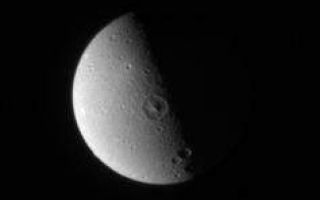
PIA08888: The Quiet Side
|
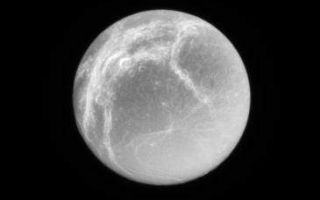
PIA08895: Dionean Linea
|
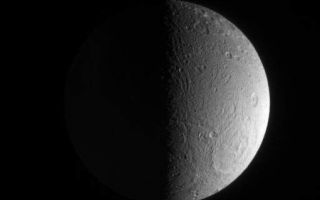
PIA08927: Dione's Decorations
|
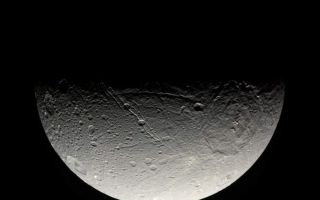
PIA08938: Dione's Southern Face
|
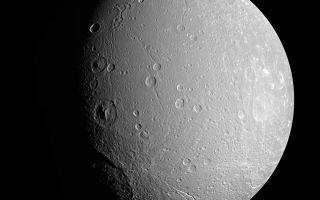
PIA08956: The Crater Gradient
|
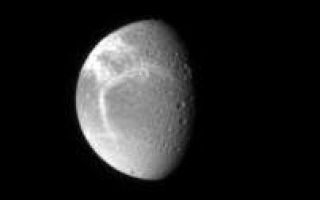
PIA08960: Wisps on Dione
|
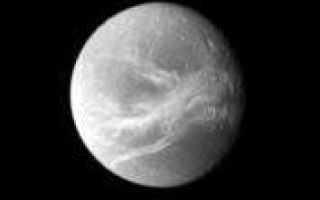
PIA08978: Dione's Good Side
|
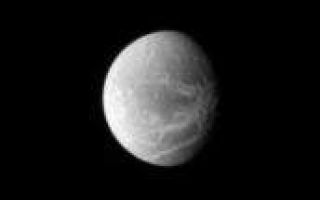
PIA08998: World of Canyons
|
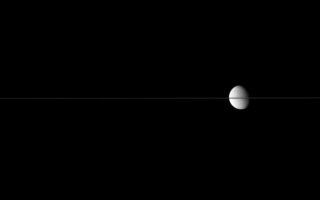
PIA09000: Skewered Moon
|
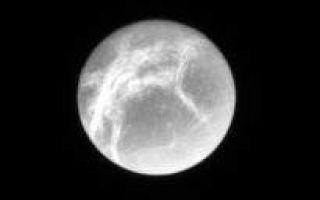
PIA09742: Cracked Marble
|
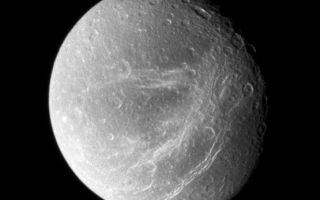
PIA09764: Scratches on Dione
|
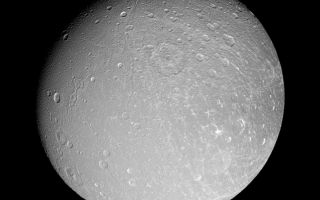
PIA09772: Facing Dione
|
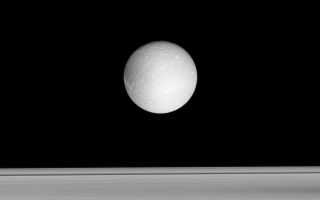
PIA09783: Icy Traveler
|
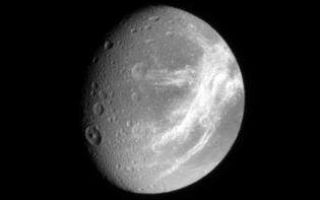
PIA09801: Dione's Fractured Face
|

PIA09821: Rebounded Craters
|

PIA09830: Battered Dione
|
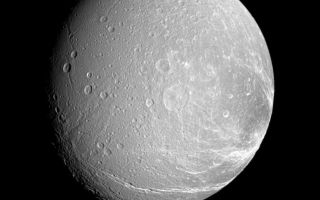
PIA09832: Cracked-up Dione
|
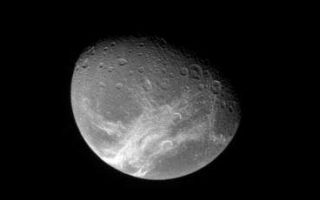
PIA09838: Dione Below
|
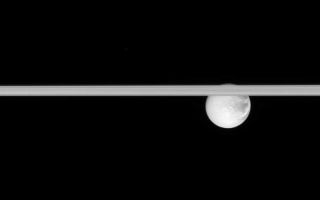
PIA09842: Hiding Dione
|
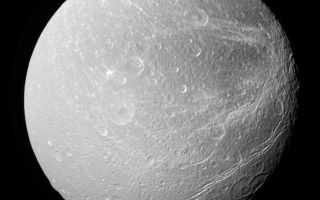
PIA09861: A Stressed Surface
|
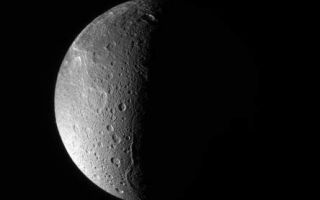
PIA09886: Dione: North Polar View
|
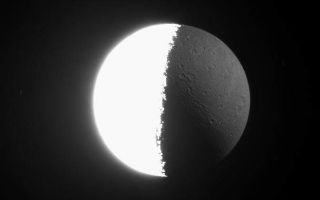
PIA09889: The Light of Night
|
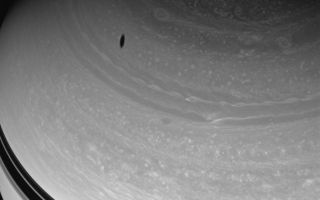
PIA09917: Raging Planet
|
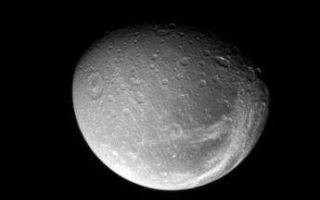
PIA10409: Bright Lines, Dark Canvas
|
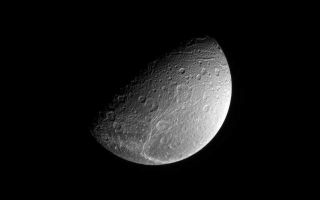
PIA10431: Above the Cracks
|
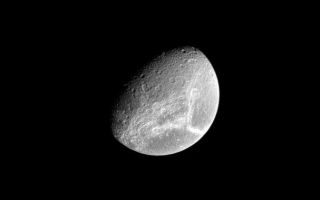
PIA10441: Dione's Bright Streaks
|
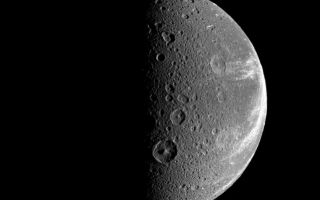
PIA10458: Beyond the Canyons
|
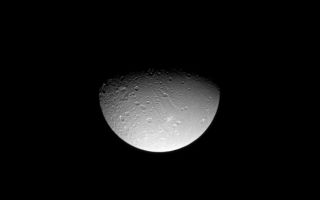
PIA10477: Dione's Fractured North
|
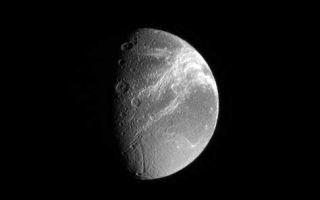
PIA10496: Bright Canyons
|
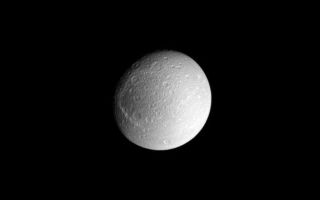
PIA10549: Dione's Transition Zone
|